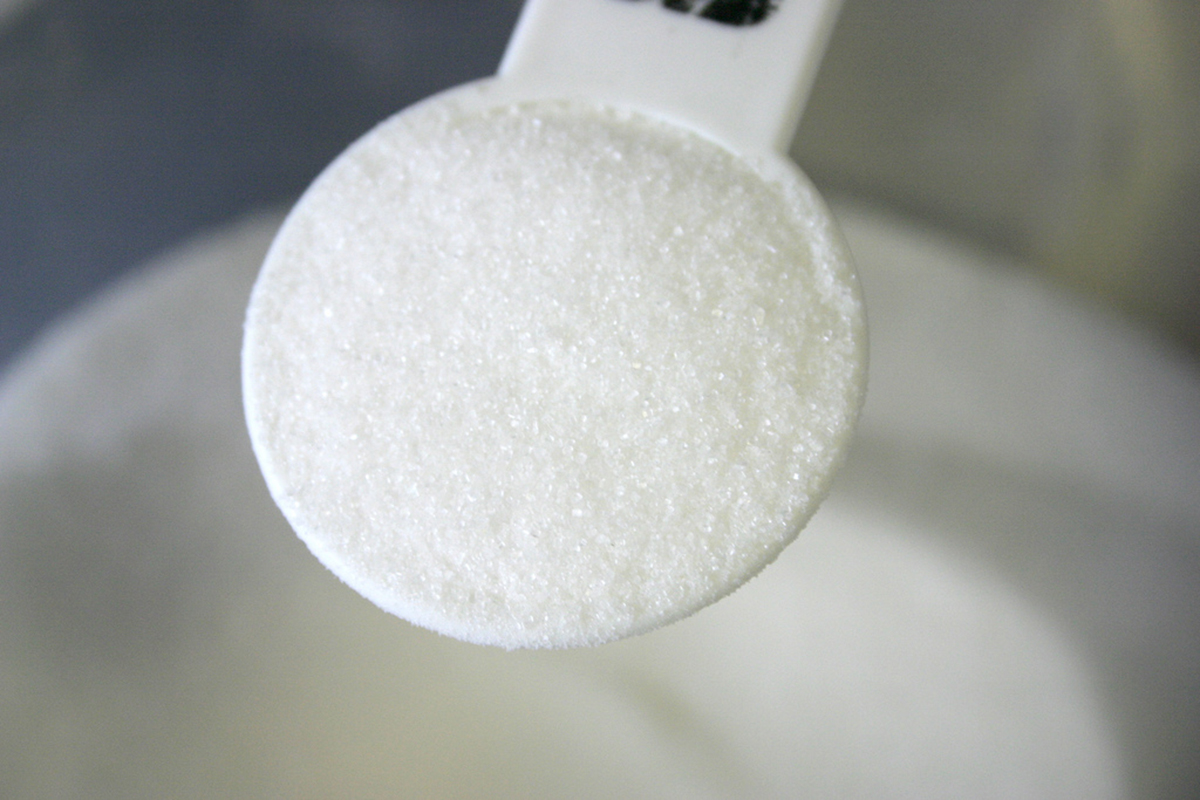Table of Contents
University of California at San Francisco professor of medicine Dr. Robert Lustig is not equivocal on the the subject of sugar. The problem with sugar is not that it is lacking in nutrients other than carbohydrate, Dr. Lustig says. “It’s not about the calories,” he says in his YouTube video that has been seen over 5 million times. “It has nothing to do with the calories. It’s a poison by itself.”

Are grandmas everywhere poisoning their grandchildren when they bake them cookies? Are the soft drink manufacturers really doing more damage in the world than the heroin trade?
The short answer is "yes," although the key thing to remember about any kind of toxicity is that dosage is always the key And the key thing to remember about "sugar" is that its offending ingredient is fructose.
Here are seven things everyone needs to know about sugar and when to say "no."
1. The essential sugar is glucose
All sugar is not the same. Our bodies are designed to run on glucose, the kind of sugar we digest from starchy foods such as bread, rice, and potatoes. We have an elaborate system for keeping the right amount of glucose in our bloodstreams.
In diabetes, the amount of glucose in the blood goes up in unhealthy ways. But for healthy people, carbohydrates, at least up to about 150 grams a day (600 calories), are not toxic, even though the body turns them into glucose.
2. The toxic sugar is fructose
Fructose is the sugar found in fruit. The body doesn't have a system for regulating fructose like it has for glucose. The liver can use small amounts of fructose, up to about 25 grams a day (the equivalent of a couple of pieces of fruit) as a fuel in the liver, and a small amount of fructose even activates the liver's ability to store glucose. More than about 100 calories a day, however, and fructose has to be stored as fat.
3. Table sugar, also known as sucrose, is a chemical combination of glucose and fructose
The digestion of table sugar releases both glucose, which the body is designed to use as a fuel (although not in unlimited amounts), and fructose, which it is only able to use in small amounts.
See Also: The More Sugar You Eat, The More Sugar You Want: Here's Why
Small amounts of sugar actually increase the efficiency at which the liver stores excess glucose as glycogen for the body to use for ready energy later. But most of us get far more table sugar than our bodies can actually process.
4. High-fructose corn syrup is like table sugar, only worse
High-fructose corn syrup has a deservedly bad name in health, but it's enormously popular with food manufacturers. Corn syrup is naturally high in glucose (the relatively tolerable sugar), but it can be chemically altered to contain more fructose, which makes it sweeter. High-fructose corn syrup caramelizes to a darker brown without burning, making desserts more visually attractive, it hold moisture so they don't dry out, and in the USA, it is extremely cheap. But it is even worse for the body than table sugar, while it is tastier.
- Casey, J. Do You Know How Much Sugar You Are Eating? WebMD Weight Loss Feature. http://www.medicinenet.com/script/main/art.asp?articlekey=56589. Accessed 14 September 2014.
- Taubes, G. Is Sugar Toxic? New York Times. 13 April 2011.
- Photo courtesy of Melissa Wiese by Flickr: www.flickr.com/photos/42dreams/2452033439
- Photo courtesy of samantha celera by Flickr: www.flickr.com/photos/scelera/5724844778


Your thoughts on this